Cuando recorro las calles de la ciudad a veces suelo pensar en la historia que se esconde detrás de ellas. El casco histórico de Cumaná todavía conserva ese encantador aire colonial que agrada a lugareños y turistas. Entre las obras representativas de este sector se encuentra El castillo San Antonio de la Eminencia, un patrimonio cultural e histórico que nos traslada al ayer y desde donde se tiene una espectacular vista de la ciudad y sus alrededores.
When I walk through the streets of the city, sometimes I think about the history that hides behind them. The historic center of Cumana still retains that charming colonial air that pleases locals and tourists. Among the representative works of this sector is the castle San Antonio de la Eminencia, a cultural and historical heritage that takes us back to yesterday and from where you have a spectacular view of the city and its surroundings.
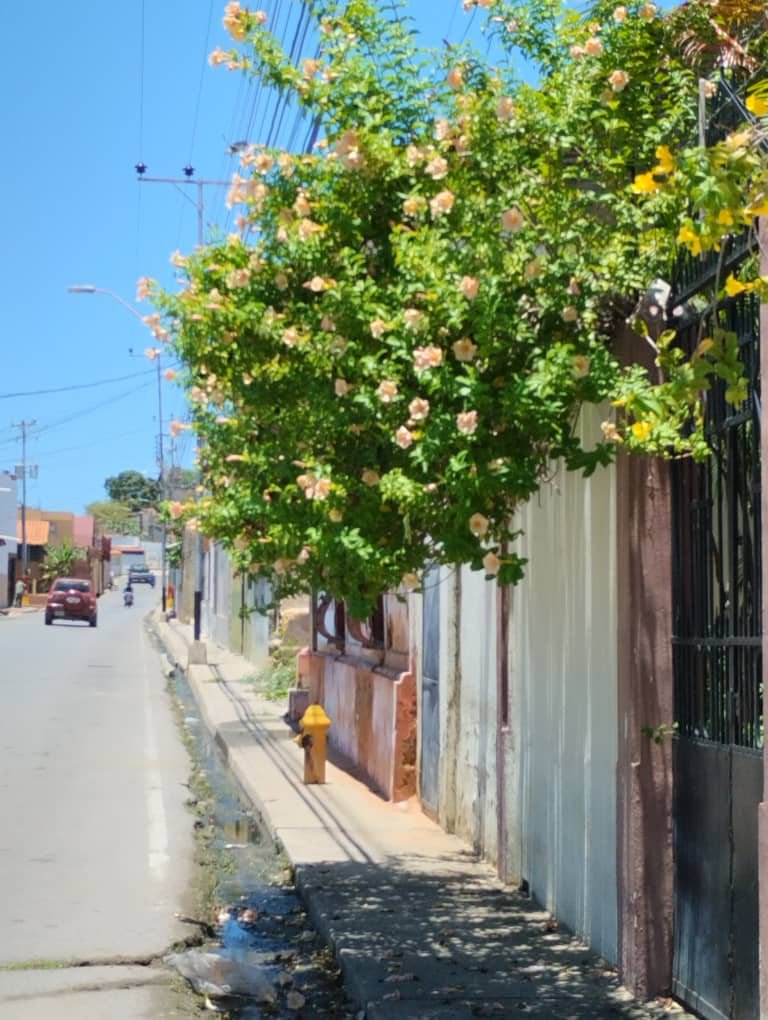 |  |
|---|
Cerca de allí se encuentra la calle Urica que converge con la iglesia Santa Inés. Allí hay muchas casas de fachadas coloniales que aún conservan ese espíritu del pasado. Al transitar por las aceras te transportas a esa época, a ese esplendor antiguo que nos permite disfrutar de una arquitectura maravillosa. Se debe mencionar que en este sector se realiza el recorrido del Nazareno de la iglesia Santa Inés y también sirve como escenario para las tradicionales Noches de Antaño.
Nearby is Urica Street that converges with the church of Santa Inés. There are many houses with colonial facades that still preserve the spirit of the past. Walking along the sidewalks you are transported to that time, to that ancient splendor that allows us to enjoy a wonderful architecture. It is worth mentioning that in this sector is where the Nazarene of Santa Inés Church takes place and also serves as a stage for the traditional "Old Nights".
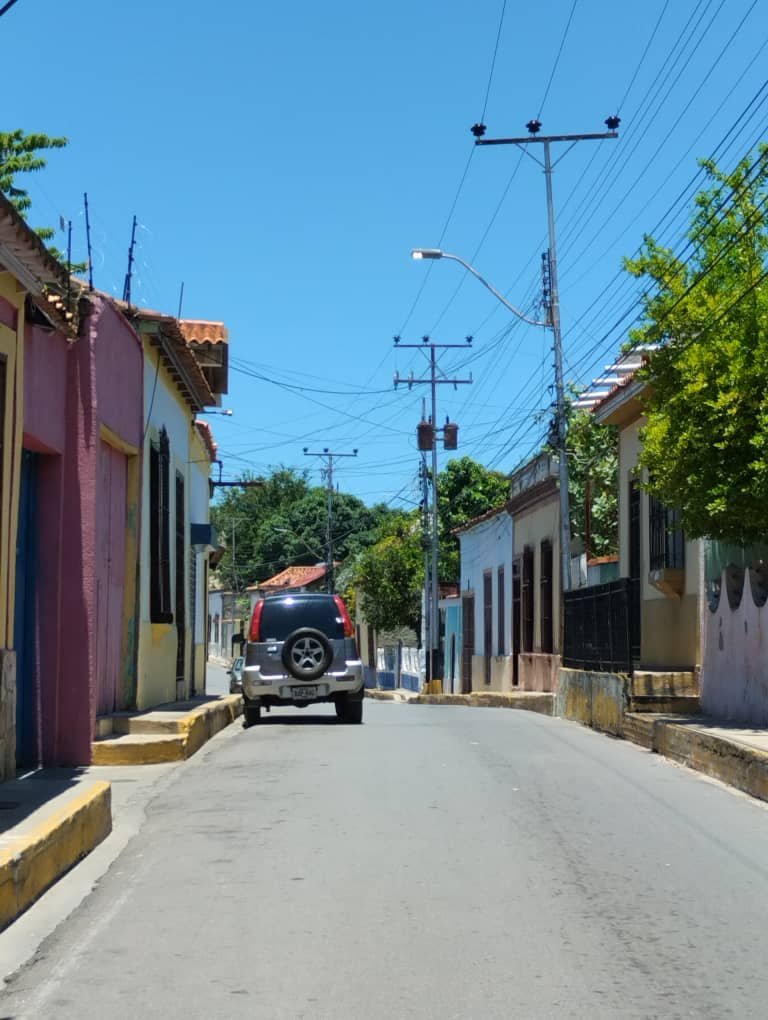 | 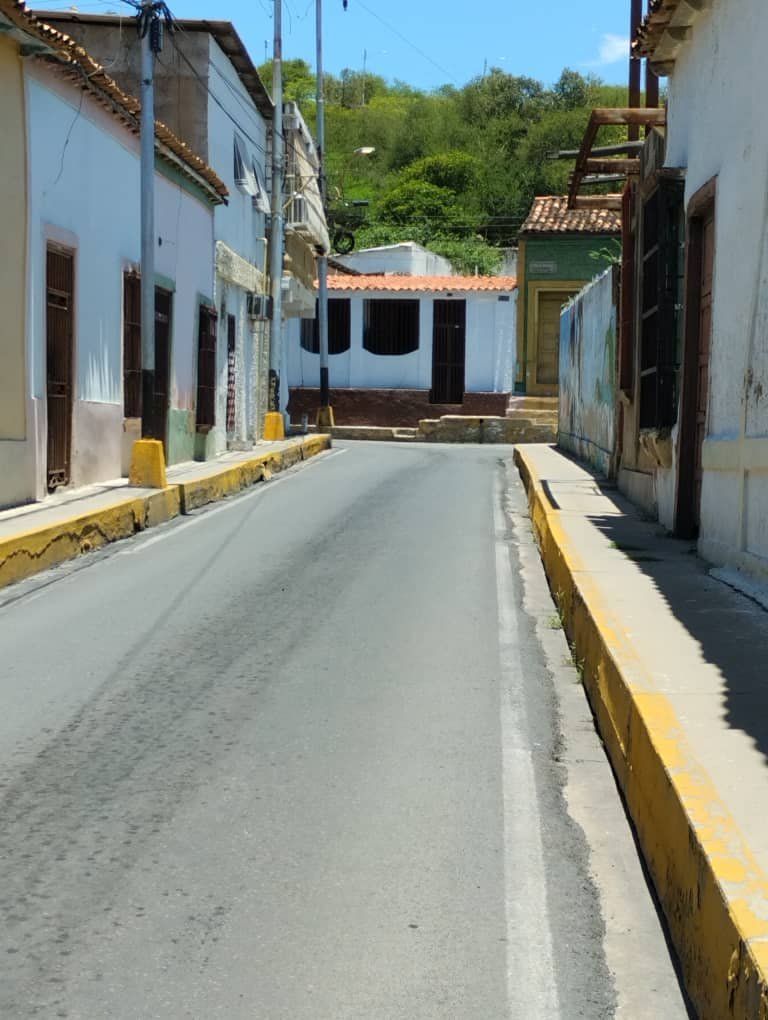 |
|---|
La calle debe su nombre a la Batalla de Urica, un enfrentamiento militar ocurrido durante la Guerra de Independencia sobre el territorio de lo que es hoy un poblado del estado Anzoátegui. En Cumaná se concedió esta designación a esta calle que es una de las más antiguas de la ciudad.
The street owes its name to the Battle of Urica, a military confrontation that took place during the War of Independence over the territory of what is today a town in the state of Anzoátegui. In Cumaná this designation was granted to this street, which is one of the oldest in the city.
 | 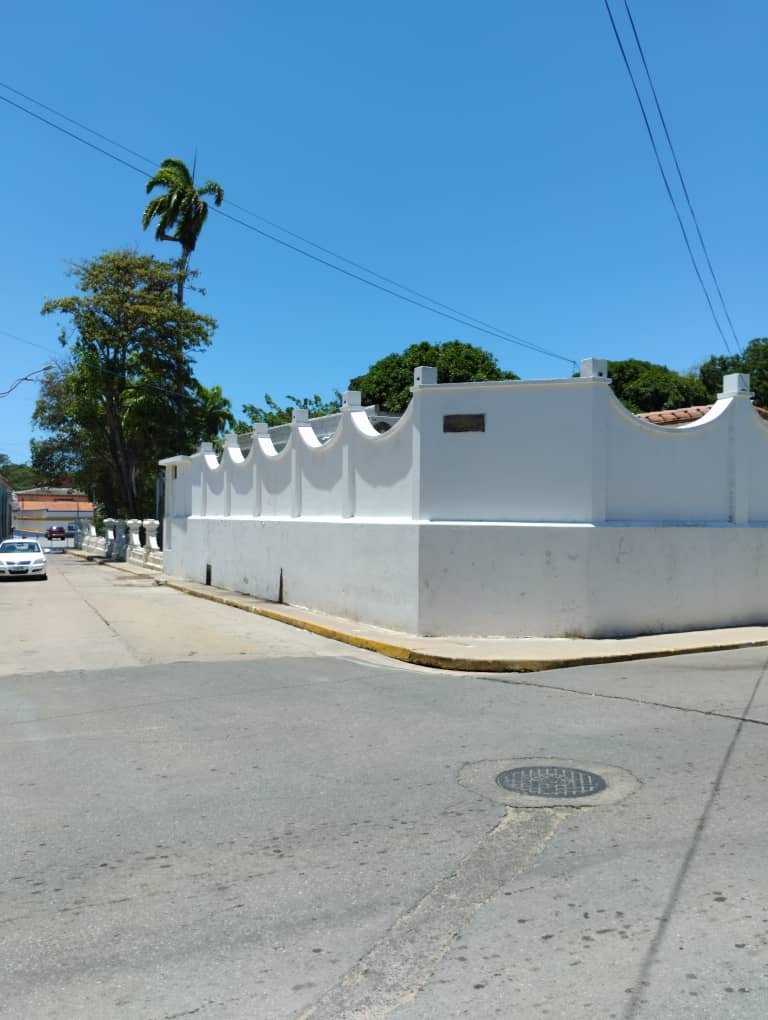 |
|---|
Si nos enfocamos en su ubicación, podemos mencionar que está relativamente cerca del Río Manzanares y del centro de Cumaná. También la calle concede acceso a otros lugares de interés como San Francisco, la Casa Ramos Sucre, el Gabinete de la Cultura, la Dirección de Turismo, la Gobernación del estado Sucre, el colegio Hogar Azul, varias posadas turísticas y el Cementerio General, así que prácticamente es un lugar de referencia y punto de encuentro.
If we focus on its location, we can mention that it is relatively close to the Manzanares River and the center of Cumaná. The street also grants access to other places of interest such as San Francisco, the Ramos Sucre House, the Cabinet of Culture, the Directorate of Tourism, the Governor's Office of Sucre State, the Hogar Azul School, several tourist inns and the General Cemetery, so it is practically a place of reference and meeting point.
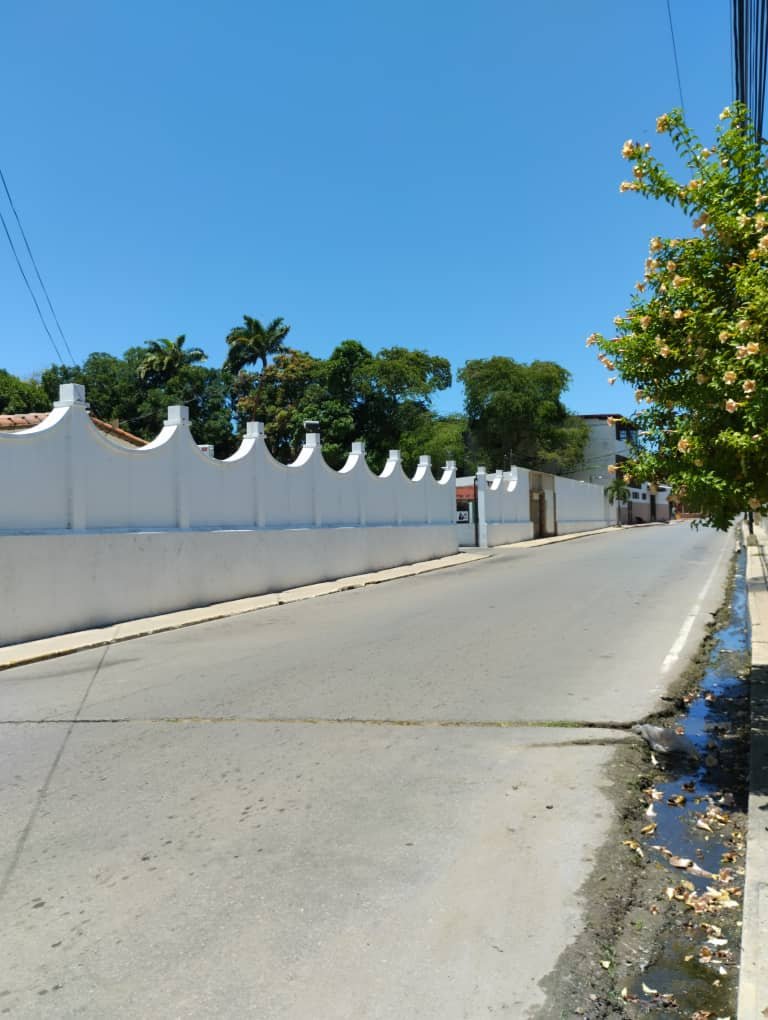 |  |
|---|
✓ Fotos propias, editadas con la aplicación Foto Collage.
✓Texto traducido con DeepL.
<💫R@misey💫>
✓ Own photos, edited with the Foto Collage application.
✓Text translated with DeepL.
Posted Using INLEO


